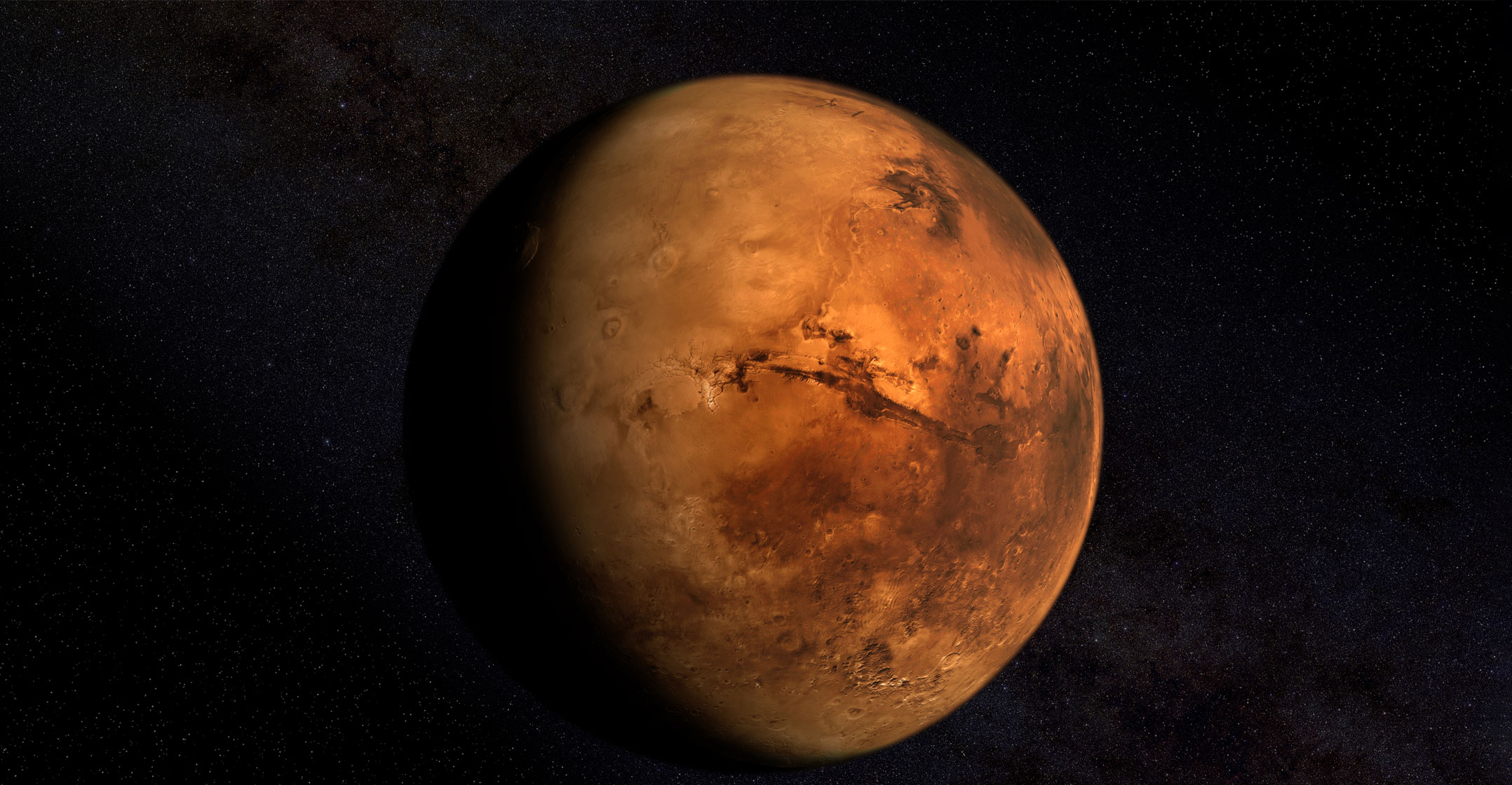Nasa has a date on Monday evening South African time with “six minutes of terror”, a high-stakes plunge across the surface of Mars that will hopefully end with a successful landing of the Mars InSight.
Update: The probe landed successfully on the Martian surface at about 10pm South African time on Monday. Watch how the event unfolded using the video link above.
After a seven-month journey, the lander will scream through the red planet’s thin atmosphere at more than 19 000km/h in a live-or-die bid to settle (in one piece) onto a flat area near the equator. To succeed, the probe must complete a series of intricately orchestrated manoeuvres during a fraught, 6.5-minute “entry, descent and landing” phase covering the final 124km.
Still flying at supersonic speed, the probe will pop a 12-metre parachute to radically slow its velocity, followed by the jettisoning of the heat shield, the release of landing legs and the initiation of ground radar signals to acquire data on the landing site. The InSight craft is aiming for a flat plain mostly free of rocks called Elysium Planitia, which Nasa has dubbed “the biggest parking lot on Mars”.
Engineers at Nasa’s Jet Propulsion Lab near Los Angeles will be forced to wait eight minutes for confirmation of InSight’s fate. The mission includes two small cube satellites trailing the probe, which are designed to help relay real-time data from the craft back to Earth, faster than a Nasa satellite orbiting Mars could. The cubesats are a Nasa experiment to determine methods of speedier signal transmissions to and from Mars.
The landing is Nasa’s first attempt since August 2012, when the massive, 900kg Curiosity rover used a unique “sky crane” to land successfully on the surface.
Once the science begins in January, the InSight mission seeks to answer critical questions about rocky planet formation in the early days of the solar system. The geologic record of Mars is preserved far better than that of Earth, which has active tectonic plates and heat convection from its core, dynamic processes that tend to obliterate physical evidence from aeons past.
Martian ‘firsts’
The InSight mission will also bring several martian “firsts” to interplanetary science, including the first seismometer situated on the surface, to detect and analyse waves created by “marsquakes”. The stationary lander also carries a six-foot robotic arm and a self-hammering “nail” instrument that will burrow itself 5 metres into the ground to study heat transfer.
While Nasa’s twin Viking landers from the summer of 1976 had seismometers to detect marsquakes, those were atop the craft and produced “noisy data”, according to JPL. The InSight’s instrument will be on the ground and is expected to yield much deeper insight on quakes, which are thought to be smaller than 6.0 on the Richter scale. Seismic activity on Mars is thought to come from cracks forming in the crust, with the planet’s interior energy thought to be less intense than Earth’s.
 The 360kg, solar-powered InSight is also the first deep-space vehicle to launch from the US west coast. Nasa is quick to note the paltry success rate — only 40% — for Mars missions; the US is so far the only nation that has successfully landed on Mars. “We’re batting about 50% or less,” Thomas Zurbuchen, a Nasa associate administrator, said on Wednesday during a JPL news conference.
The 360kg, solar-powered InSight is also the first deep-space vehicle to launch from the US west coast. Nasa is quick to note the paltry success rate — only 40% — for Mars missions; the US is so far the only nation that has successfully landed on Mars. “We’re batting about 50% or less,” Thomas Zurbuchen, a Nasa associate administrator, said on Wednesday during a JPL news conference.
In October 2016, the European Space Agency lost its ExoMars Schiaparelli craft during an attempted Mars landing. An inquiry completed last year concluded that onboard computer software errors led to data conflicts, causing the probe to strike Mars at high speed.
Nasa last lost a craft during entry in December 2009 when the 270kg Mars Polar Lander careened into the surface at about 80km/h, also due to a software error, because the lander’s descent engines shut down too soon.
The InSight mission cost about US$814-million, including the launch costs; France and Germany invested about $180-million. — Reported by Justin Bachman, (c) 2018 Bloomberg LP




